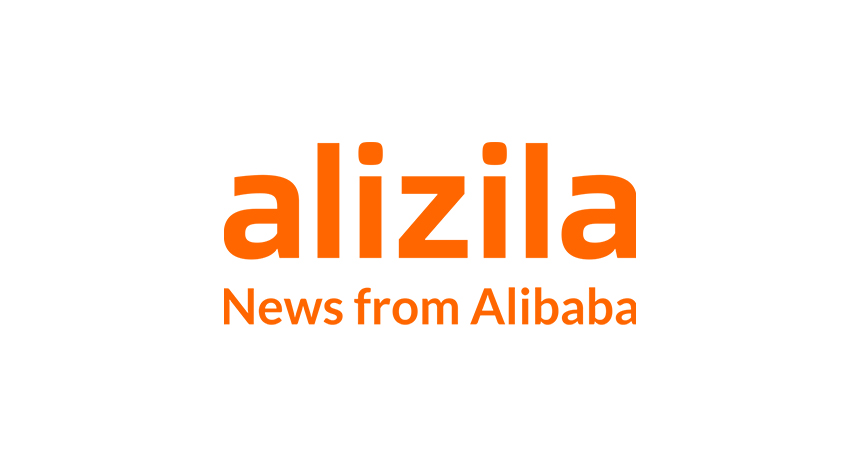
In business, as in Las Vegas, you have to pay to play. International traders, though, shouldn’t be gambling—and how you pay for goods ordered from overseas suppliers is an important factor when it comes to reducing risk.
As all experienced importers and exporters know, there are numerous ways to make cross-border payments, each with various advantages and disadvantages for buyers and sellers. Sellers want to use a payment method that allows them to receive the money as soon as possible, preferably before the goods are sent. Buyers want to receive the goods as soon as possible but to delay payment as long as possible, preferably until after the goods are resold to generate enough income to pay the supplier.
Negotiating how and when to pay is essentially an exercise in risk allocation. Ever watch the climactic scene in kidnap-caper movies? (“Hand over the money!” “No! Not until you hand over the girl!” “Don’t be stupid, give me the money or I’ll pull her hair really hard!” “No! Her hair smells nice!” etc.) It’s kind of like that.
To understand your options, browse the table below explaining commonpayment methods for international trade:
| Payment Method | How it Works | Risk Factors |
| Cash in Advance | Upon placing an order, a buyer sends a check, pays by credit card, or wires money to the seller’s corporate bank account by telegraphic transfer (T/T).
Typically used when product samples or small-quantity shipments are transported by air, Cash in Advance is a simple, fast, low-cost payment method. It is a good option for buyers and sellers who have already established mutual trust. Buyers should avoid paying in advance by Western Union Money Transfer or similar global services. Their lack of controls make them the payment method preferred by scammers. They are unsafe for international trade. |
Buyer 100% At Risk
Because goods are shipped only after the money is safely in the seller’s bank account, the buyer is quite exposed.Those who pay up front for goods ordered from unfamiliar suppliers are fraud targets. |
| Down Payment | Functionally the same as Cash in Advance. But instead of receiving all the money up front, suppliers agree to accept a deposit prior to shipping, with the balance due when the buyer receives the goods, This spreads the risk between the two parties.
Many Chinese suppliers prefer this uncomplicated, low-cost payment method when dealing with new customers, commonly requesting a 30% down payment. |
Buyer and Seller Share Risk
Buyers can lose deposits if the seller fails to ship. Sellers run the risk of losing payment balances as well as product if the buyer is unhappy with the merchandise. |
| Letter of Credit (LC) | A letter of credit is a letter written by the importer’s bank to the exporter. It is a bank guarantee that payment will be made when the conditions specified in the LC have been met (usually when the bank is presented with specified documents, such as bills of lading and freight documents, demonstrating the shipment was made or received).
LCs are among the most secure and familiar financial instruments for international trade. Commonly used for large purchases, they cost more than other methods. Transactions less than $30-$50k are generally not worth the extra cost of arranging an LC. The buyer typically pays his or her bank for the service. An LC is called for when reliable credit information about a foreign buyer is difficult to obtain, but the exporter is satisfied with the creditworthiness of the buyer’s foreign bank. |
Buyer and Seller Share Risk
The bank guarantee reduces the loss to the seller if the transaction goes sour. An LC also protects the buyer because no payment obligation arises until the goods have been shipped or delivered, depending on the LC terms. |
| Escrow | Escrow is a legal arrangement whereby money is delivered to a third party (an escrow agent) to be held in trust pending the fulfillment of conditions in a contract.
In international trade, after the buyer and seller have agreed to a transaction, the buyer puts payment in escrow by paying an agent that both parties have agreed to use. The seller sends the goods, and upon acceptance by the buyer, the escrow agent releases the payment to the seller.
|
Seller Most at Risk
Unscrupulous buyers can scam free goods by refusing to approve payment even if the seller meets all obligations. This risk is not great, however.In disputed deals, escrow services may release funds if seller can show the buyer acted in bad faith. |
| Documentary Collection (D/C) | Buyer’s and seller’s banks act as intermediaries in the payment process. Funds are received from the buyer and remitted to the seller through their respective banks. Payment is made in exchange for specified documents needed by the buyer to collect the goods and clear customs. D/Cs involve using a draft that requires the buyer to pay either immediately upon receipt of documents (this is called a document against payment or D/P) or on a specified date (called a document against acceptance or D/A).
D/Cs are less complicated and less expensive than LCs, but the banks do not guarantee payment or take any risk. This payment method is recommended only when buyer and seller have an established relationship. |
Seller Most at Risk
The buyer is not obligated to pay for goods before shipment. The seller may have little recourse in case of non-payment. |
| Open Account | In an Open Account transaction, the goods and all necessary documents are shipped directly to the buyer who has agreed to pay at a specified date, usually in 30 to 90 days.
This is the most advantageous method for buyers in terms of cash flow and cost. Sellers facing lots of competition may agree to Open Account payments to win the business of large, financially stable companies. |
Seller 100% at Risk
Open Account is the highest-risk option for an exporter. |
The table above provides only a brief overview of payment methods. For in-depth explanations and more options, check out this trade finance guide from the U.S. Department of Commerce.




